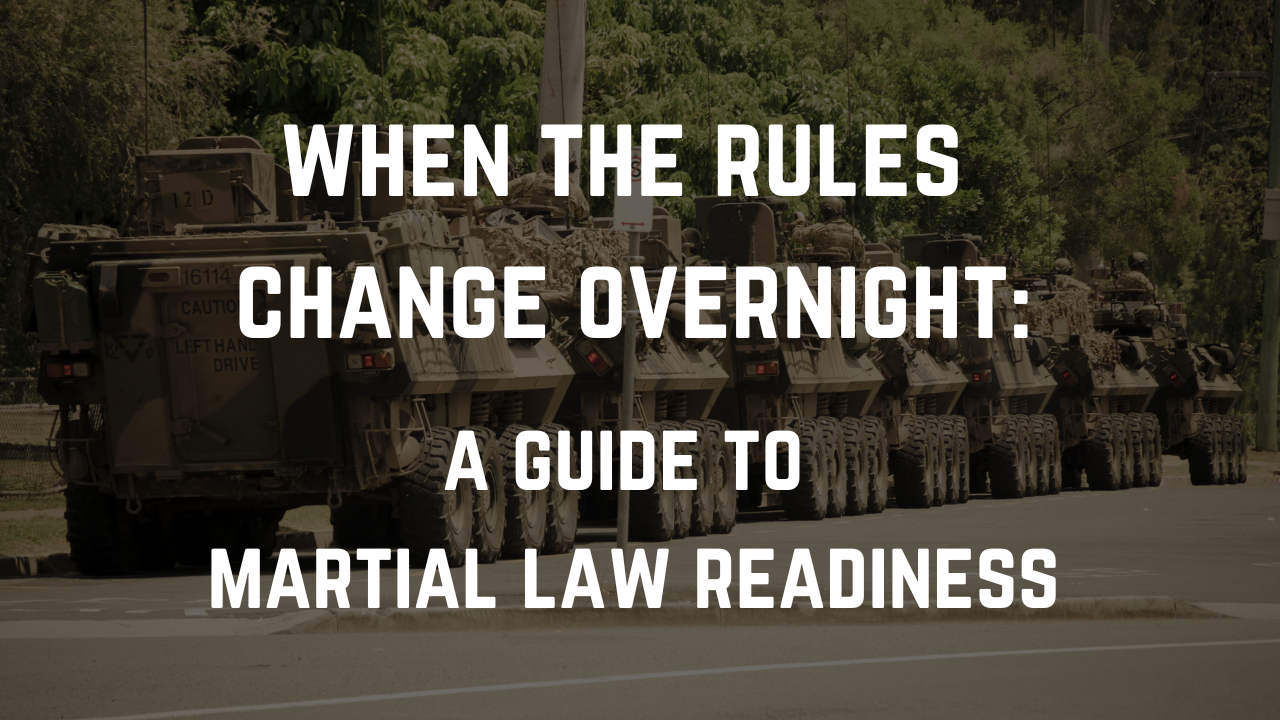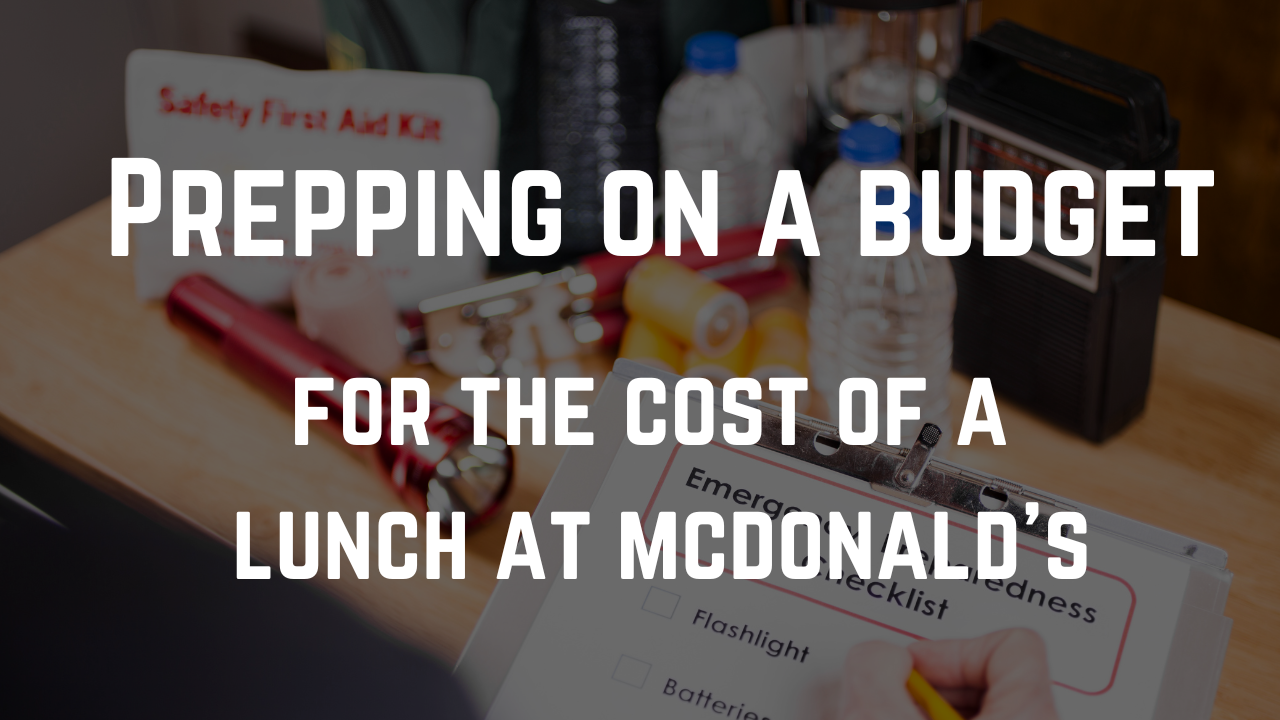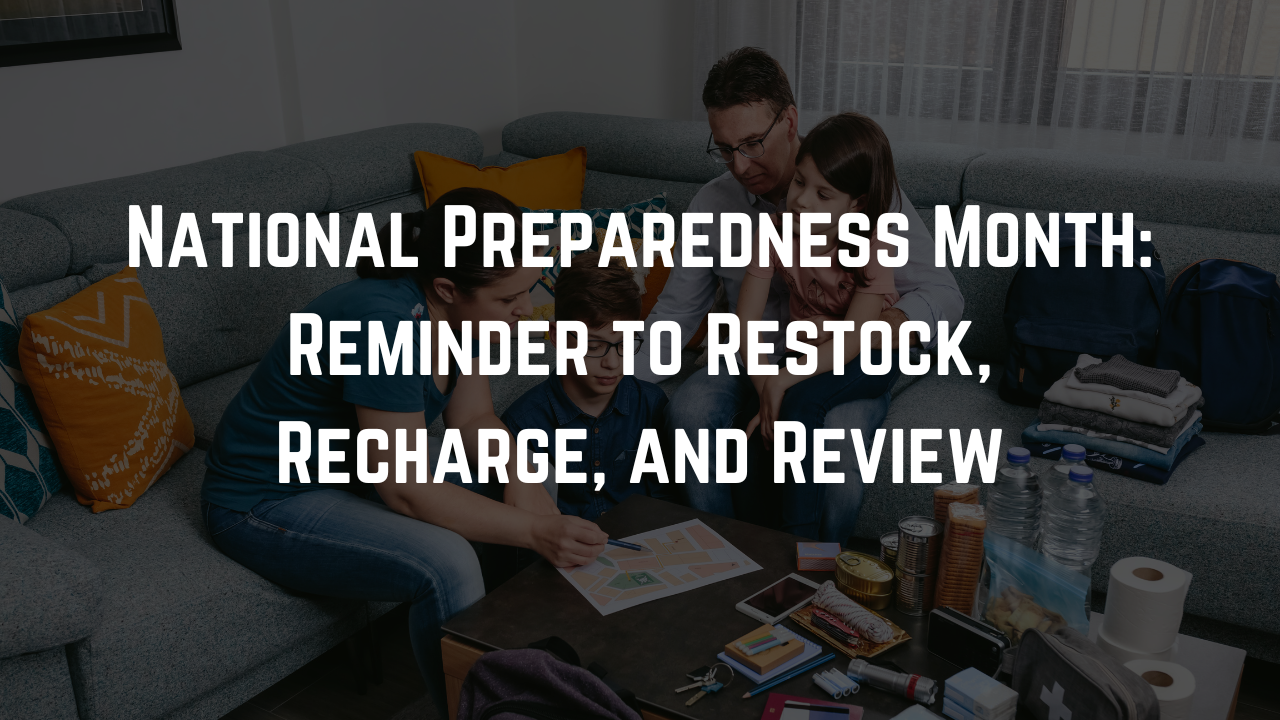.png/:/cr=t:0%25,l:0%25,w:100%25,h:100%25/rs=w:1280)
Breaking the Bunker Stereotype
For decades, the word “prepper” conjured images of bearded men in camo, stockpiling beans and bullets in remote cabins. The prepping world seemed dominated by a particular demographic—largely male, rural, and focused on apocalyptic scenarios that felt disconnected from everyday life.
But that’s changing fast.
Enter the #PreparedNotScared movement, where a diverse group of women are revolutionizing what it means to be prepared. These women aren’t hiding in bunkers—they’re building Instagram & TikTok followings and creating supportive communities that make preparedness feel accessible, practical, and even stylish.
Why Now? The Perfect Storm for Change
The rise of women in the preparedness space didn’t happen overnight. Several factors have converged to create this watershed moment:
-
- The COVID-19 pandemic exposed vulnerabilities in supply chains and support systems
- Climate-related disasters have increased in frequency and severity
- Political and social unrest has heightened concerns about community stability
- Economic uncertainty has made self-reliance more appealing
- Social media has democratized information sharing beyond traditional prepper channels
Perhaps most importantly, women have recognized that traditional prepping resources weren’t addressing their specific concerns or lived experiences.
Beyond Stockpiling: A More Holistic Approach
The new wave of women preppers isn’t just changing who preps—they’re changing how we prep. While traditional prepping often focused heavily on stockpiling supplies and weapons, these women are championing a more balanced approach that includes:

1. Community Building Over Lone Wolf Strategies
The “lone wolf” survival fantasy has dominated prepping culture for years, but women-led prepping communities are pushing back against this ineffective strategy. As we discuss in our article on why lone wolf survival plans don’t work, humans are social creatures who thrive through cooperation.
“The idea that you’ll survive on your own with just your stockpile and your gun is a dangerous fantasy,” explains Taylor Chen, founder of Urban Readiness Collective. “Real resilience comes from community networks and shared skills. I spend as much time building relationships with my neighbors as I do organizing my emergency supplies.”
2. Skills Over Stuff
While having emergency supplies remains important, the #PreparedNotScared movement emphasizes skill-building as the cornerstone of true readiness.
From first aid and food preservation to conflict resolution and emergency communication, these core skills are part of building true emergency readiness. Our blog post, 10 Skills Every Family Should Learn for Emergencies, breaks down the essential capabilities that can help you stay prepared for both everyday challenges and unexpected disasters.
3. Mental and Emotional Preparedness
Perhaps the most significant contribution of women to the preparedness space is the focus on psychological resilience. Traditional prepping often overlooked the mental health aspects of crisis situations, but the #PreparedNotScared movement puts them front and center.
Being prepared isn’t just about having the right gear—it’s about developing the emotional fortitude to face uncertainty. This focus on mental benefits of being prepared is helping followers manage anxiety and build confidence in their ability to handle whatever comes their way.
4. Making Preparedness Inclusive and Accessible
One of the most powerful aspects of this new wave is its commitment to inclusivity. Women-led preparedness communities are intentionally making room for voices and needs that were previously marginalized in prepping spaces.
-
- Urban Preparedness: Many traditional prepping guides assume you have a basement, a garage, and plenty of storage space. But for people living in small apartments or urban settings, those options don’t exist. Women preppers are creating realistic guidance for apartment dwellers, people without cars, and those in densely populated areas.
- Economic Accessibility: Expensive gear and massive stockpiles are out of reach for many. Instead, they advocate for starting small and building preparedness incrementally. You don’t need to spend thousands to be prepared, a ‘prep on any budget’ approach that starts with what you have. Even setting aside an extra can of food each week is a step toward resilience.
Practical Preparedness for Real Life

The #PreparedNotScared approach emphasizes preparations that serve double-duty, enhancing daily life while building readiness for disruptions. Some popular focuses include:
Food Security Through Everyday Skills
Rather than just stockpiling freeze-dried meals, newer prepping communities emphasize cooking skills, smart shopping, and efficient meal planning. Learning to make meals from shelf-stable pantry staples not only prepares you for emergencies but also saves money and reduces food waste year-round.
Practical Emergency Kits
Gone are the days of overwhelming “bug-out bags” that seemed designed for the apocalypse. Today’s preppers advocate for sensible emergency kits tailored to likely scenarios.
Emergency kits should be built for the situations most people are likely to face, such as power outages, severe storms, and medical emergencies, rather than unlikely zombie apocalypse scenarios. Prioritizing realistic risks makes preparedness more approachable for beginners and ensures supplies are actually useful when needed.
Family-Centered Planning
Women are often family caregivers, and the #PreparedNotScared movement reflects this reality with family-inclusive emergency planning. From preparing children for emergencies without frightening them to accounting for elderly parents and even pet emergency planning, these resources fill crucial gaps in traditional prepping literature.
Self-Defense Reimagined
Women in the #PreparedNotScared movement aren’t shying away from self-defense—they’re redefining it. While firearms training remains part of the conversation, these communities expand the concept of protection beyond weapons.
Self-defense isn’t just about guns, it’s about situational awareness, boundary setting, and a whole spectrum of tools that include, but aren’t limited to, physical defense.
Many women-led preparedness communities are offering workshops on everything from negotiation skills to digital security, recognizing that threats come in many forms and require diverse responses.
Building Your #PreparedNotScared Mindset
Ready to join this empowering movement? Here are five ways to start building your prepared-not-scared approach:
-
- Start where you are: Don’t feel overwhelmed by thinking you need to do everything at once. Begin with creating a personal emergency plan tailored to your specific circumstances.
- Focus on skills, not just stuff: While having emergency supplies is important, investing in knowledge pays bigger dividends. Take a first aid class, learn basic repairs, or practice cooking with limited resources.
- Build community: Identify potential allies in your neighborhood or social circles. Resilience multiplies when people work together, sharing resources and knowledge.
- Address emotional readiness: Acknowledge fears about potential emergencies, but channel that energy into productive preparation rather than anxiety.
- Keep it sustainable: Choose preparedness practices that enhance your daily life rather than those that feel like a burden. The best emergency plans are ones you can maintain over time.
The Future Is Prepared, Not Scared
The women leading this movement aren’t just changing who preps—they’re transforming what preparedness means. By making readiness more accessible, practical, and community-oriented, they’re helping create a society where more people have the confidence and resources to weather life’s inevitable disruptions.
At Ready for Unsteady, we’re proud to support this inclusive vision of preparedness. By focusing on practical skills, emotional resilience, and community building, we can all become more capable of navigating an uncertain future—not with fear, but with confidence.
Want to learn more about building your preparedness mindset? Check out our resources on why prepping isn’t just for the doomsday crowd and join our community of everyday people getting ready for life’s unsteady moments.


